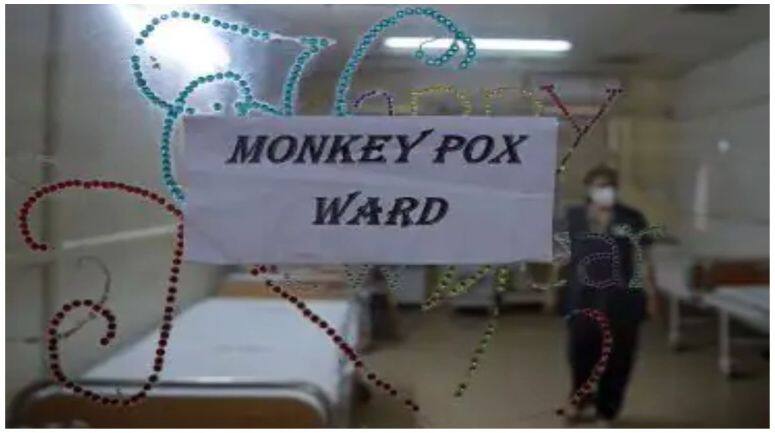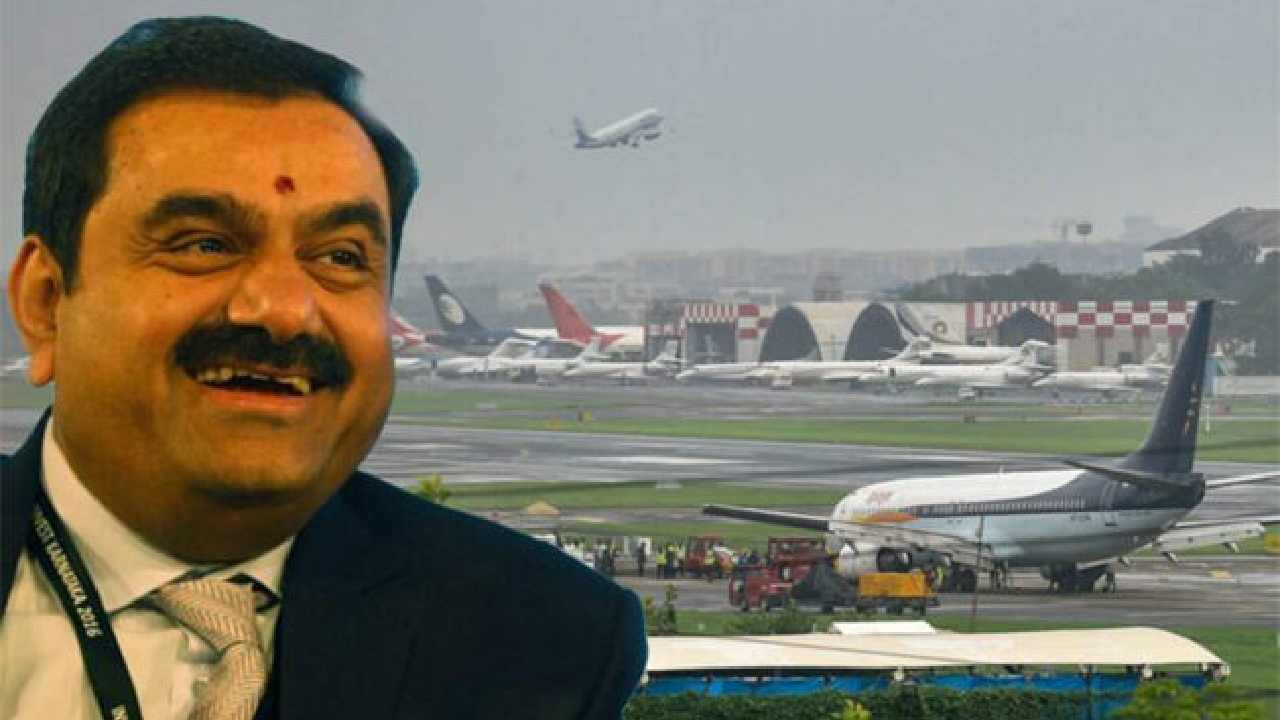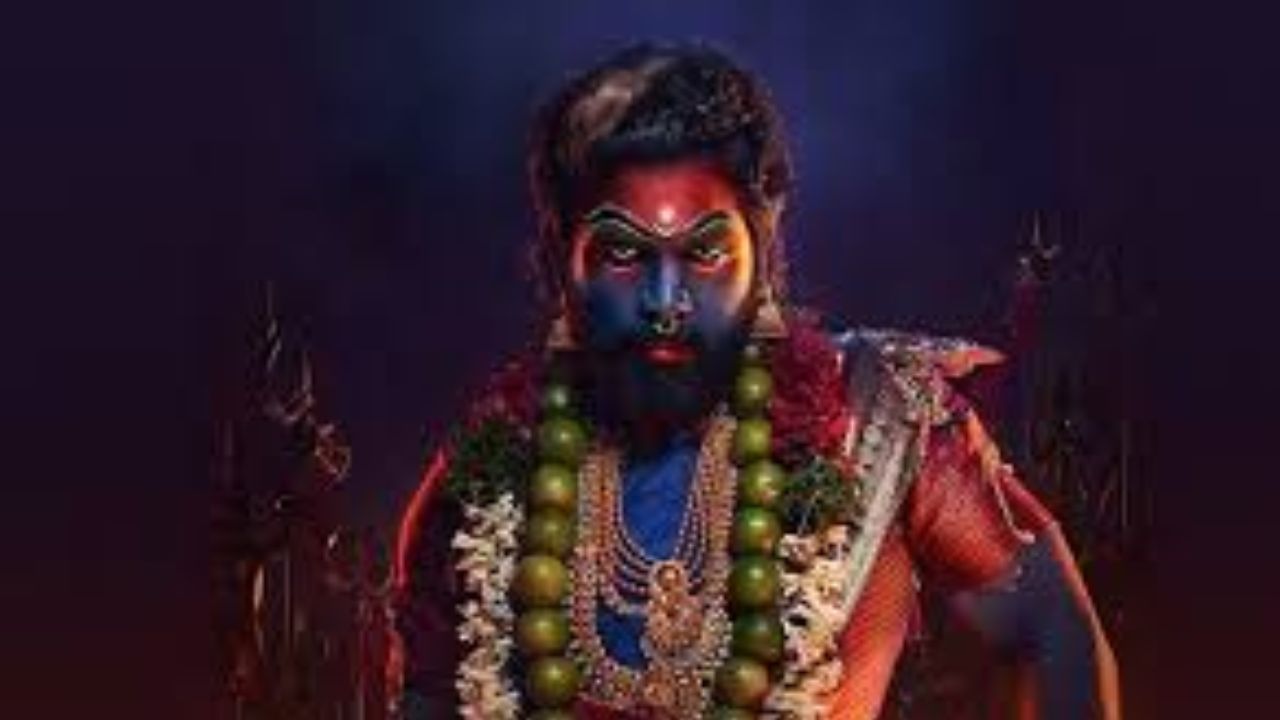Introduction
Recently, India confirmed its first case of Monkeypox, also known as Mpox, arising from the West African clade 2 Mpox virus. This patient, who had recently traveled to a country experiencing an outbreak, was isolated after showing symptoms. Despite the arrival of this virus, health officials have reassured the public that this variant is not linked to the current global health emergency declared by the World Health Organization (WHO).
The Current Situation
Background on the Monkeypox Outbreak
The 2022 global epidemic was primarily caused by the clade 2 strain of the Monkeypox virus, which remains active in multiple regions, particularly in Western countries. The situation has prompted heightened awareness and concern globally.
WHO’s Alert Level
In August 2023, the WHO escalated the alert level due to the discovery of a new strain of clade 1 in the Democratic Republic of Congo (DRC), which has reported a significant number of cases.
Understanding Monkeypox Variants
The Monkeypox epidemic in the DRC is fueled by the clade 1 strain, illustrating the diverse nature of the virus. Recently, a new variant, variant 1B, has emerged from this subgroup, adding complexity to the outbreak. Health officials report that the Indian patient with clade 2 is stable and poses no immediate public health risk.
Details of the Indian Case
The infected individual returned from a country with existing Mpox outbreaks and subsequently displayed symptoms. Laboratory tests confirmed the presence of the West African clade 2 strain. This instance aligns with the previous 30 cases recorded in India since July 2022, which are not related to the clade associated with the ongoing global health emergency.
Health Status of the Patient
According to health officials, the patient is clinically stable and exhibits no serious underlying health conditions. The Ministry of Health has stated that they are following established protocols, which include rigorous contact tracing and surveillance to mitigate any potential spread of the virus.
Public Health Response
The ministry has reassured the public, stating, “There is no indication of any wider risk to the public at this time.” Precautionary measures and ongoing surveillance efforts are in place to ensure that any potential outbreaks are promptly addressed.
Global Measures: Vaccination in the DRC
In a significant development, the Democratic Republic of Congo has received its first shipment of vaccines to combat the Monkeypox outbreak. With over 19,000 reported cases and more than 650 deaths, the vaccination initiative is critical to controlling the situation. Nearly half of the 200,000 doses have been donated by the European Union to aid the DRC in its efforts to combat and contain the virus.
What is Monkeypox?
Monkeypox is caused by a virus transmitted to humans from infected animals, but it can also spread between humans through close contact. Symptoms typically include fever, muscle aches, and distinct blister-like skin lesions. Understanding the transmission and symptomatology of Mpox is essential for effective prevention and treatment.
Conclusion
As the world continues to navigate the complexities of infectious diseases, the emergence of Mpox highlights the need for robust public health responses and international cooperation. Monitoring, vaccination efforts, and public awareness remain crucial in managing such outbreaks.












